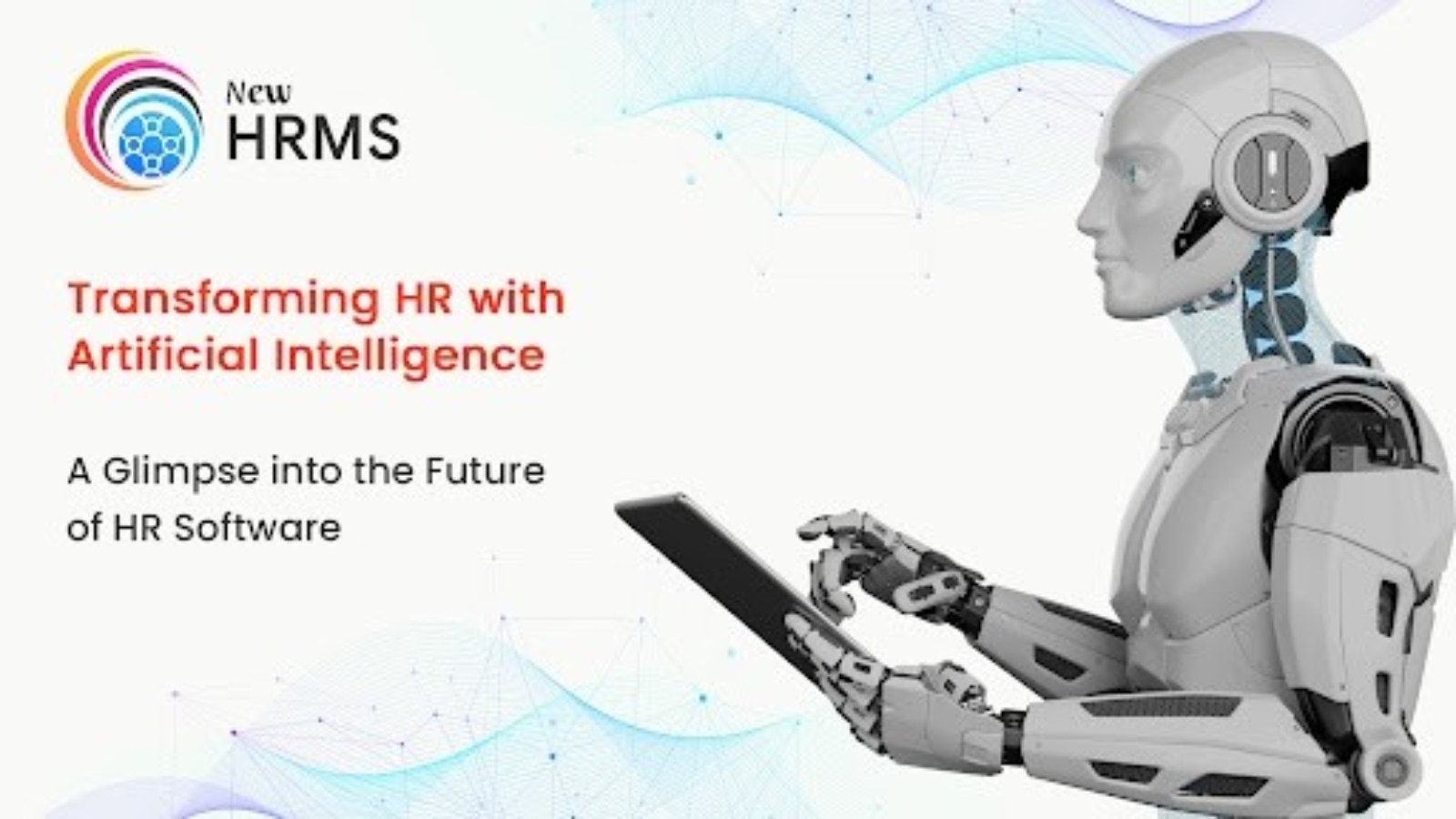Introduction
The landscape of Human Resources (HR) is evolving rapidly, driven by advancements in artificial intelligence (AI) and automation. Traditional HR practices are being enhanced by these technologies, leading to increased efficiency, better decision-making, and a more strategic approach to managing human capital. This article explores the various ways in which AI and automation are transforming HR software and the implications for organizations and employees.
1. The Evolution of HR Software
HR software has traditionally been focused on automating administrative tasks such as payroll processing, benefits administration, and employee record management. However, with the advent of AI and automation, these systems are now evolving into more sophisticated platforms that offer advanced functionalities.
- Historical Context: Early HR software primarily handled repetitive tasks, reducing the manual effort involved in HR operations.
- Modern Shift: The shift towards AI and automation is redefining HR software, integrating advanced technologies that enable smarter decision-making and enhanced employee experiences.
2. AI-Driven Recruitment and Talent Acquisition
Recruitment is one of the areas where AI and automation have made a significant impact. AI-powered tools are transforming how companies attract, evaluate, and hire talent.
- Resume Screening: AI algorithms can sift through thousands of resumes quickly, identifying candidates who match the job requirements more accurately than traditional methods.
- Chatbots and Virtual Assistants: These tools interact with candidates, answering queries and conducting initial screening interviews, thus reducing the workload on HR professionals.
- Predictive Analytics: AI can analyze historical hiring data to predict which candidates are likely to be the best fit for a role, improving the quality of hires.
3. Enhancing Employee Experience with AI
The employee experience is a critical focus area for modern HR departments. AI and automation are enhancing this experience in several ways.
- Personalized Onboarding: AI can create personalized onboarding experiences by tailoring training programs and resources to the needs of each new hire.
- Continuous Learning and Development: Automated learning management systems (LMS) use AI to recommend courses and development opportunities based on employee performance and career goals.
- Employee Engagement: AI tools analyze employee feedback and engagement data to provide actionable insights for improving workplace culture and satisfaction.
4. Automating HR Administration
Routine administrative tasks are being streamlined through automation, allowing HR professionals to focus on more strategic activities.
- Payroll and Benefits Management: Automation simplifies payroll processing, benefits administration, and compliance with regulatory requirements, reducing errors and administrative overhead.
- Employee Records Management: AI-driven systems manage employee records more efficiently, ensuring data accuracy and easy retrieval.
5. Data-Driven Decision Making
AI and automation are enabling HR departments to make more informed decisions based on data analytics.
- Workforce Analytics: AI tools analyze employee data to provide insights into productivity, turnover rates, and other key metrics, helping HR departments make data-driven decisions.
- Predictive Modeling: Predictive analytics can forecast future workforce needs, helping organizations plan for growth and address potential issues before they arise.
6. The Role of AI in Compliance and Risk Management
Compliance with labor laws and regulations is a crucial aspect of HR management. AI and automation are enhancing compliance and risk management processes.
- Regulatory Compliance: AI tools track changes in labor laws and ensure that HR practices and policies remain compliant with current regulations.
- Risk Assessment: Automated risk assessment tools identify potential compliance issues and provide recommendations for mitigation.
7. Challenges and Considerations
While AI and automation offer numerous benefits, there are challenges and considerations that organizations must address.
- Data Privacy: Ensuring the privacy and security of employee data is a critical concern when implementing AI and automation in HR.
- Bias and Fairness: AI algorithms can inadvertently introduce biases, so it is important to regularly review and update these systems to ensure fairness and equity.
- Change Management: Organizations must manage the transition to AI and automation carefully, providing training and support to HR professionals and employees.
8. Future Trends in AI and HR Automation
The future of AI and automation in HR is promising, with several emerging trends on the horizon.
- AI-Driven Employee Wellness: AI tools will increasingly focus on employee well-being, offering personalized wellness programs and support.
- Integration with Other Technologies: HR software will integrate with other technologies, such as IoT and blockchain, to create more seamless and secure HR processes.
- Greater Personalization: AI will enable even more personalized HR experiences, tailored to individual employee needs and preferences.
Conclusion
AI and automation are revolutionizing HR software, transforming how organizations manage their human capital. From recruitment and employee engagement to administrative tasks and compliance, these technologies are enhancing efficiency, decision-making, and overall employee experience. As organizations continue to embrace AI and automation, they will need to address challenges and consider the ethical implications, ensuring that these advancements contribute to a more effective and equitable HR function.

